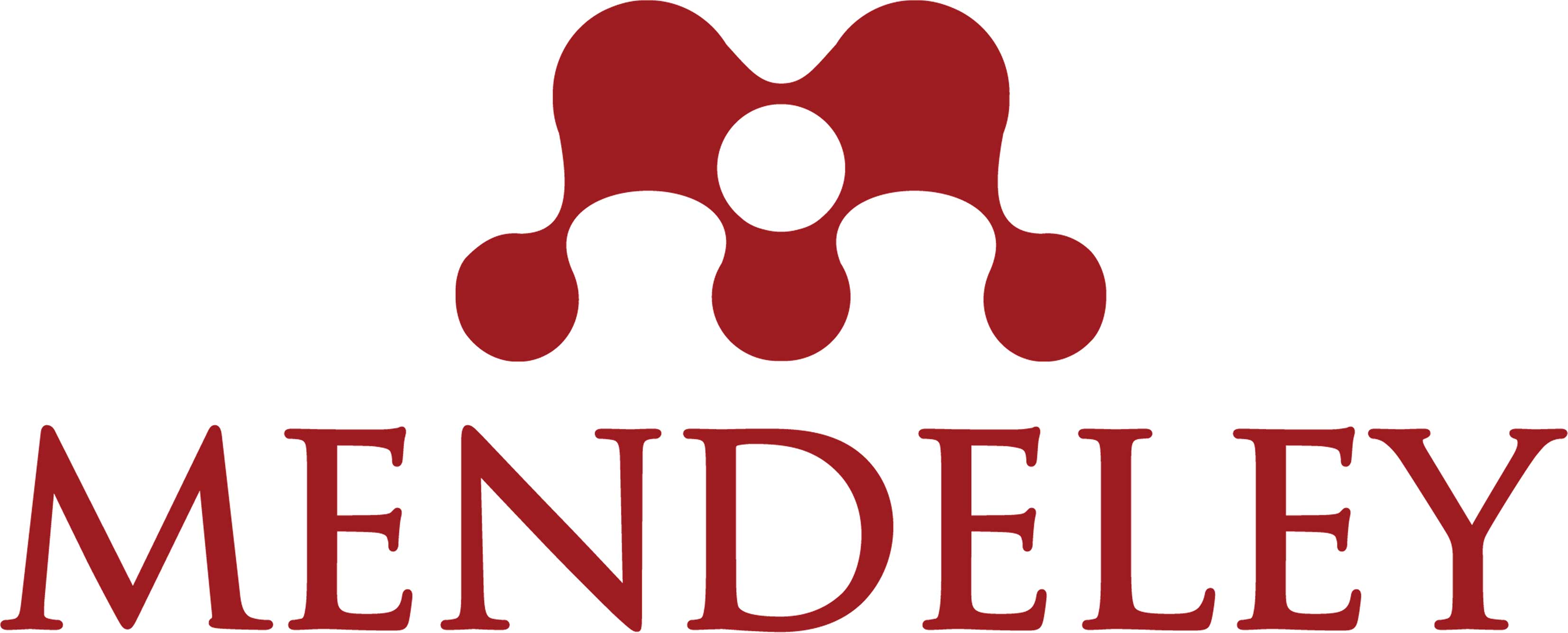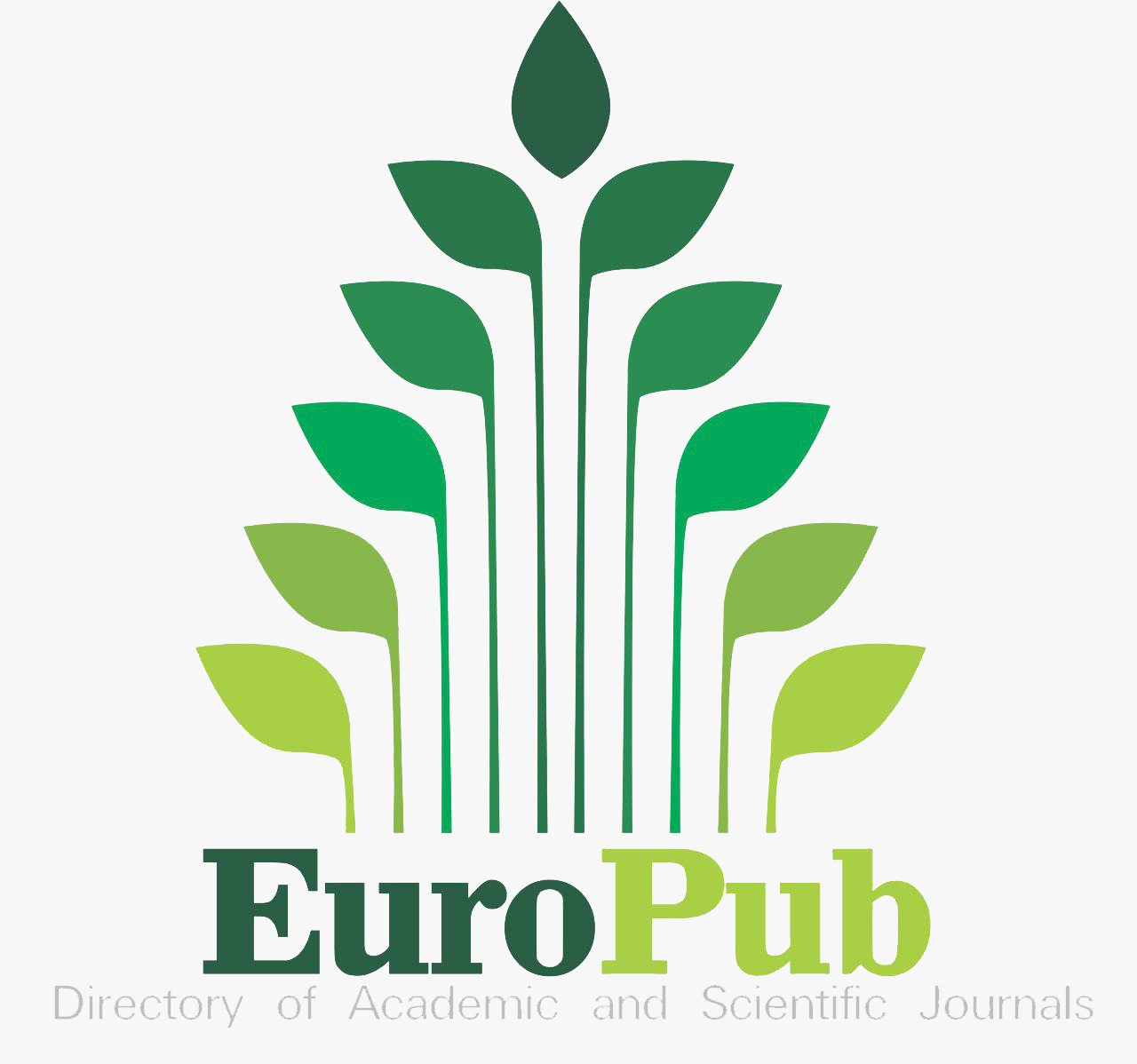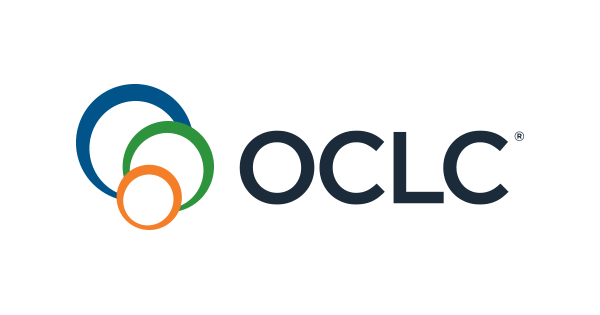The Implementation of the Direct Method Using Synonyms in Teaching Arabic Vocabulary: A Case Study
Abstract
Aim: This study investigates the implementation of the direct method through the use of synonyms in teaching Arabic vocabulary at Luqman Al-Hakim University. Grounded in the theoretical framework of behaviorism, this research responds to ongoing challenges in delivering practical and effective Arabic vocabulary instruction to non-native learners. The primary objective is to examine how direct instruction and reinforcement strategies impact students’ comprehension and usage of Arabic vocabulary.
Methodology: A qualitative descriptive methodology was employed, with data collected through semi-structured interviews, classroom observations, and documentation. The participants consisted of Arabic language instructors and first-semester students enrolled in the university’s Arabic language program.
Findings: The findings indicate that the direct method, when integrated with synonym-based vocabulary presentation, facilitates meaningful learning, especially when supported by creative instructional media, an immersive linguistic environment, and consistent reinforcement techniques. The active use of Arabic beyond the classroom setting, coupled with immediate corrective feedback from instructors, played a critical role in enhancing learners’ vocabulary retention and usage. Additionally, the involvement of native Arabic speakers further enriched students’ lexical acquisition, providing authentic exposure and modeling. These results underscore the pedagogical value of combining the direct method with contextual reinforcement in Arabic language instruction.
References
Alshatter, G. (2019). Language proficiency tests for non-native speakers of arabic: Application, specifications, and standards. AL-Lisaniyyat, 25(1), 41-75. doi:https://doi.org/10.61850/allj.v25i1.87
Ameen, S. T., & Ismael, A. M. (2023). Philosophy of teaching as an ESOL teacher (a study on curriculum development in adult education). International Journal on Humanities & Social Sciences, 44.
Brett, T. (2020). Principled eclecticism in the classroom: Exploring the use of alternative methodologies in elt. In Arab world english journal (awej) proceedings of 2nd mec tesol conference. doi:https://doi.org/10.24093/awej/mec2.15
Darmawan, H., Supriady, H., et al. (2022). The effectiveness of the direct method in enhancing the desire to learn arabic among fourth-grade female students at al-jihad religious complementary primary school in bakenbaru. () EL-THUMUHAT, 5(2), 52-58. doi:https://doi.org/10.25299/elthumuhat.v5i2.12577
Falaqi, M. R., Ahda, A. F. A., & Hilmi, D. (2020). Recruitment management for members of arabic learning in arabic language student association. Arabiyat: Jurnal Pendidikan Bahasa Arab dan Kebahasaaraban, 7(2), 219-234.
Falaqi, M. R., & Al Anshory, A. M. (2022). Development of arabic calligraphy learning material base on self-learning/ . Ijaz Arabi Journal of Arabic Learning, 5(1).
Ghaith, G., & Diab, H. (2008). Determinants of efl achievement among arab college-bound learners. Education, Business and Society: Contemporary Middle Eastern Issues, 1(4), 278-286. doi:https://doi.org/10.1108/17537980810929993
Haddad, R. K. (2017). The effectiveness of an instructional program on promoting english language literacy among jordanian kindergarten children. International Journal of Research in Education and Psychology, 5(01), 194-209. doi:https://doi.org/10.12785/ijrep/050108
Koceva, A. (2021). Teaching forms, methods and techniques used by efl teachers and their influence on introverted students. /Vospitanie-Journal of Educational Sciences, Theory and Practice, 16(1), 79-85. doi:https://doi.org/10.46763/jespt211610079k
Monshizadeh, L., Vameghi, R., Yadegari, F., Sajedi, F., & Hashemi, S. B. (2016). Can language acquisition be facilitated in cochlear implanted children? Comparison of cognitive and behavioral psychologists’ viewpoints. World Journal of Clinical Pediatrics, 5(4), 397.
Pebrian, R., Yunita, Y., Akzam, I., & Nasir, G. A. (2020). Efektifitas penggunaan direct method dalam pengajaran bahasa arab di fakultas ilmu komunikasi universitas islam riau. EL-IBTIKAR: Jurnal Pendidikan Bahasa Arab, 9(1), 196-211.
Rahman, H., et al. (2019). Ta’lim mufradaat al-lughah al-arabiyyah bi istikhdam bithaqah kubaku li thullab shaf at-tsalits: Pengajaran kosa kata bahasa arab menggunakan kartu kubaku (kartu bahasa arabku) di madrasah nurul hasan jarin pademawu pamekasan. Al-Irfan, 2(2), 240-257.
Rizal, F. M., Fathir, M. K., Husein, M. G., Ramadhan, M. S., Zafarani, R. A., Aminoor, A. S., & Amrullah, M. L. (2024). Learning evaluation: Characteristics of excellent assessment. Journal of Advanced Research in Social Sciences and Humanities, 9(3), 1-8.
Rochmat, C. S., Khusaini, N., Abdurrahman, M., & Maha, M. B. (2023). Direct method implementation in arabic language teaching: Experimental study at darussalam islamic boarding school, mantingan. Al Mi’yar: Jurnal Ilmiah Pembelajaran Bahasa Arab Dan Kebahasaaraban, 6.
Rrustemi, J., & Sylaj, V. (2022). Exploring the facilitation of the student learning process through dominant teaching techniques. International Journal of Learning, Teaching and Educational Research, 21(11), 409-425. doi:https://doi.org/10.26803/ijlter.21.11.23
Safitri, I. T., & Ammar, F. M. (2023). Enhancing arabic vocabulary acquisition through interactive multimedia: A qualitative study. Indonesian Journal of Education Methods Development, 18(4). doi:https://doi.org/10.21070/ijemd.v21i4.784
Tamim, S. R., & Grant, M. M. (2017). Exploring instructional strategies and learning theoretical foundations of ehealth and mhealth education interventions. Health Promotion Practice, 18(1), 127-139. doi:https://doi.org/10.1177/1524839916646715
Thursina, T., et al. (2018). Aceh besar using the direct method with visual aids in teaching conversation at bab al-maghfirah b middle school. (LISANUNA): Jurnal Ilmu Bahasa Arab dan Pembelajarannya, 8(1), 110-120.
Widiarini, W. (2022). Framing behaviorist theory toward situational language teaching (slt). In Proceedings of the international seminar on business, education and science (Vol. 1, p. 116-129).
Wright, A. N. (2006). The role of modeling and automatic reinforcement in the construction of the passive voice. The Analysis of Verbal Behavior, 22, 153-169.
Wulan, R. B. (2019). Supplementary speaking materials using task based language teaching for primary school in Yogyakarta context. Journal of English Language and Pedagogy, 2(1), 77-83. doi:https://doi.org/10.36597/jelp.v2i1.3663
Yin, R. K. (2009). Case study research: Design and methods (Vol. 5). sage.
Yusuf, M., Laela, S. F. N., & Hariyadi, R. (2022). Habituation and connectionism of islamic education at integrated islamic elementary schools in Indonesia. At-Tarbawi: Jurnal Kajian Kependidikan Islam, 7(2), 97-110.
Zahro, U. C., Amalia, S. R., & Amin, N. F. (2020). The effectiveness of direct method in arabic language learning. Jurnal Al Bayan: Jurnal Jurusan Pendidikan Bahasa Arab, 12(1), 149-164.
Zhao, L. (2022). Study on child language acquisition—behaviorism, nativism, and sociolingustic approach. In 2022 3rd international conference on mental health, education and human development (mhehd 2022) (p. 1226-1229).

This work is licensed under a Creative Commons Attribution-NonCommercial 4.0 International License.












.png)










